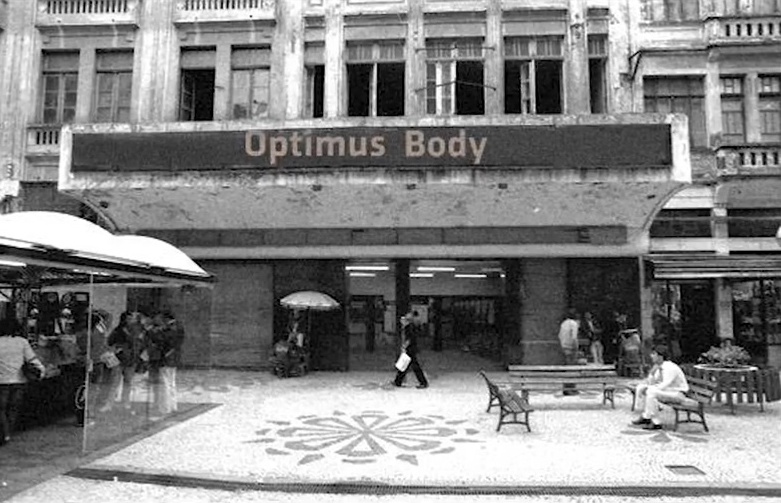Prosthesis: The Next Level (2016) is a speculative design mockumentary about the controversy generated by replacing healthy human limbs for advanced prosthetics in Curitiba, where great advancements in the field supposedly occurred. The mockumentary engaged with Curitiba’s municipal elections, particularly with a mayor candidate’s proposal to recover the city’s position as an international reference on urban innovation.

The entrepreneurial program Vale do Pinhão would bring Silicon Valley ideas and policies to the city, even if there were no geographic valleys around it. The main problem tackled by the political campaign was the difficulty of starting and growing a business in Curitiba, ignoring social issues such as the steep increase in homelessness, traffic jams, and gentrification. The campaign tried to position Silicon Valley’s innovation model as the future for Curitiba.
The alternative present constructed by this mockumentary contrasts with the bright future painted by the political campaign focused on Curitiba as an innovation hub. Prosthesis (2017) raises controversy around posthumanist design issues: did the prosthetics turn humans into non-humans, more-than-humans, or super-humans?
The mockumentary does not answer the question but displays various perspectives, leaving it open for further debate and development. Instead of taking Vale do Pinhão future at face value, students pointed out that innovations have human costs that companies and governments often neglect when prioritizing economic indicators. This controversial design fiction starkly contrasts with the one-side representations of the future that is so common in this genre.
The story was visually tied to the locality through visionary photomontage made from modified archival images. They were displayed late in the story when it revealed the main counterfact: that the manufacturer of advanced prosthetic limbs originated from Curitiba. Optimus Body, the company that made advanced prosthetics into a consumer product, employed modern design and luxury marketing to impel people who did not need prosthetic limbs to consider replacing their natural limbs with artificial ones. They rebranded prosthetics as a fashion accessory, similar to the fact that Apple rebranded digital music devices and smartphones.

References
Van Amstel, Frederick M. C. and Gonzatto, Rodrigo Freese. (2022). Existential time and historicity in interaction design. Human-Computer Interaction, 37(1), pp.29-68. DOI: https://doi.org/10.1080/07370024.2021.1912607

